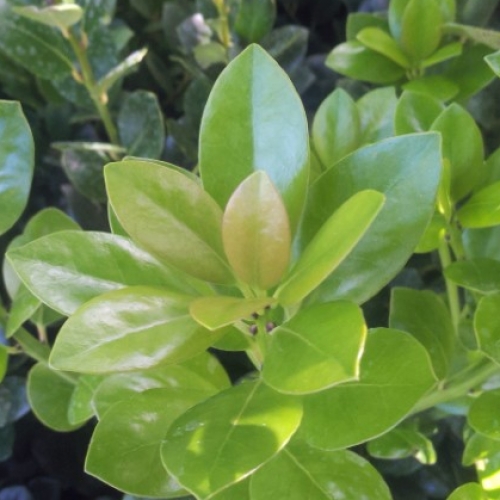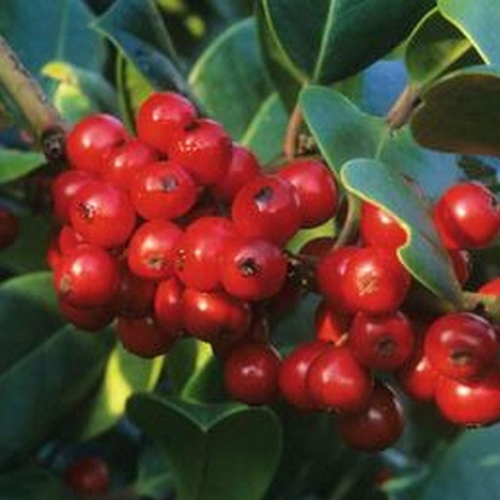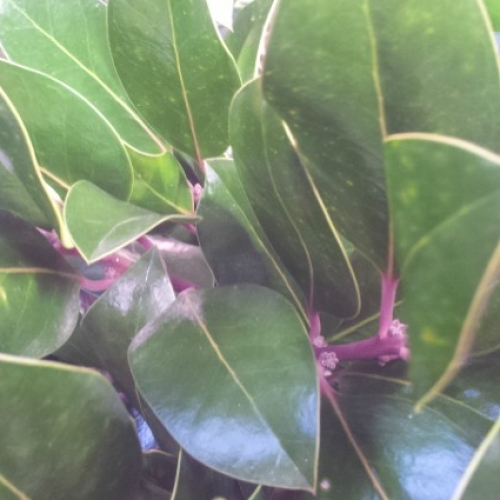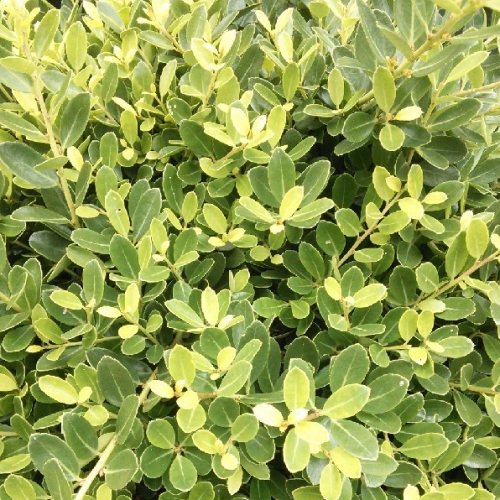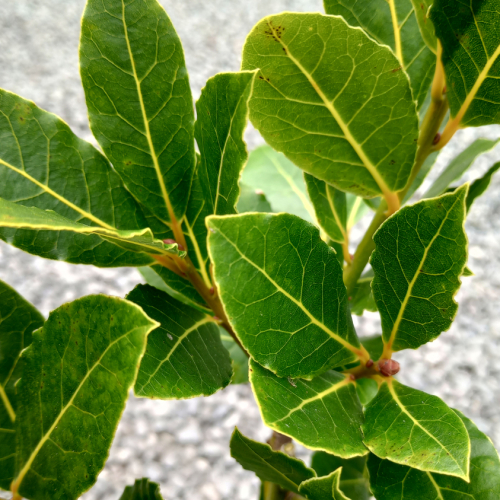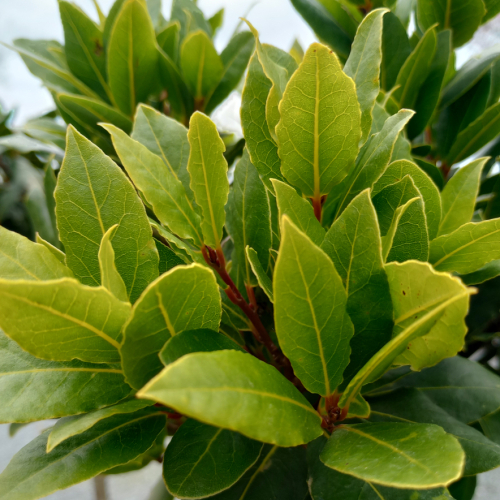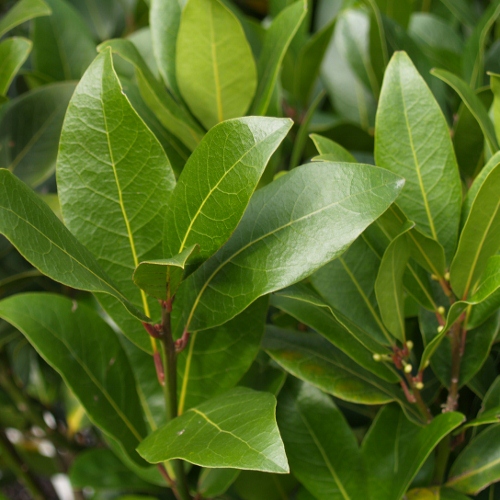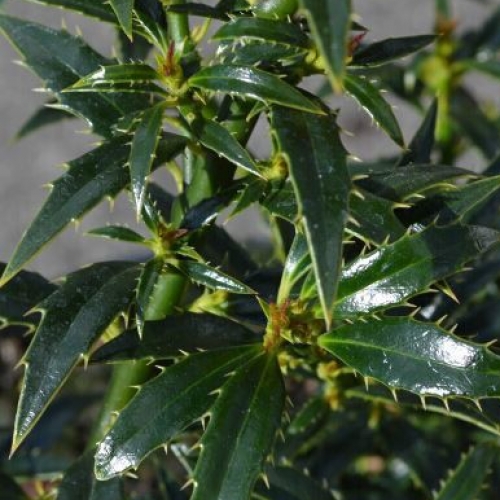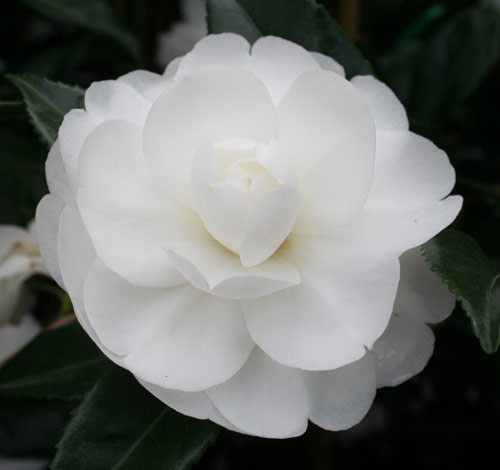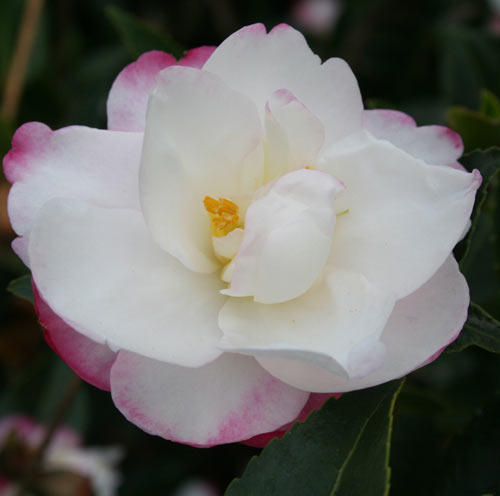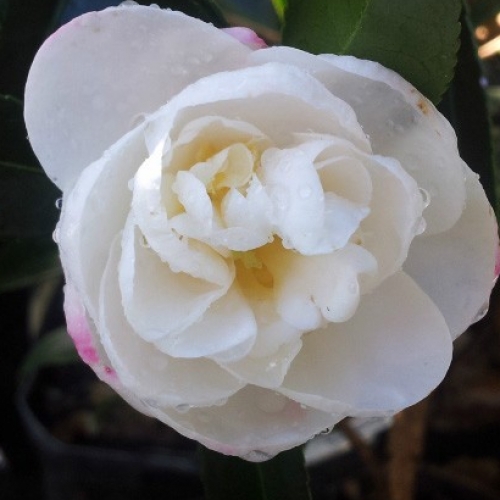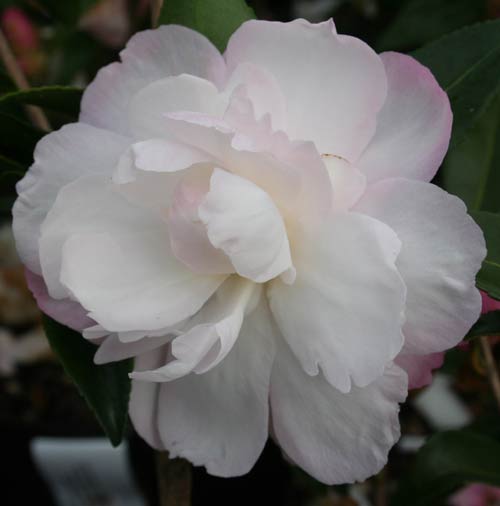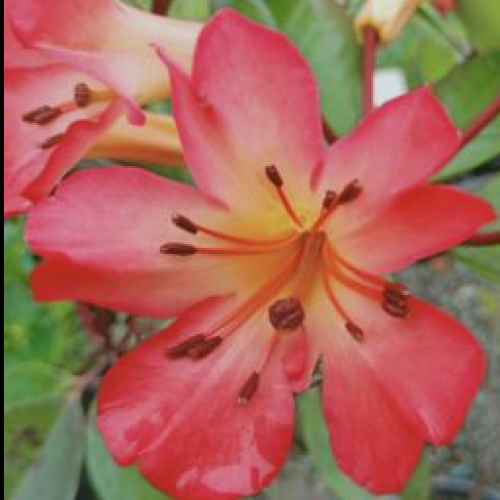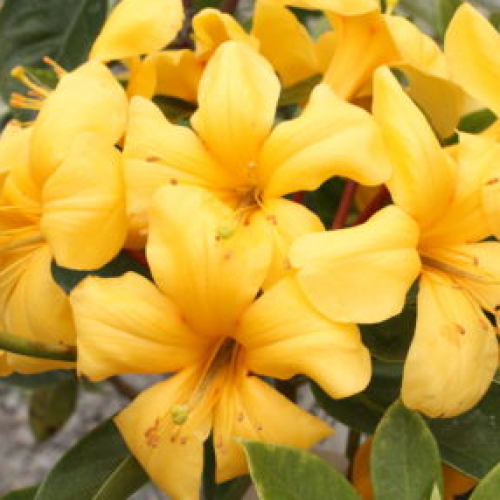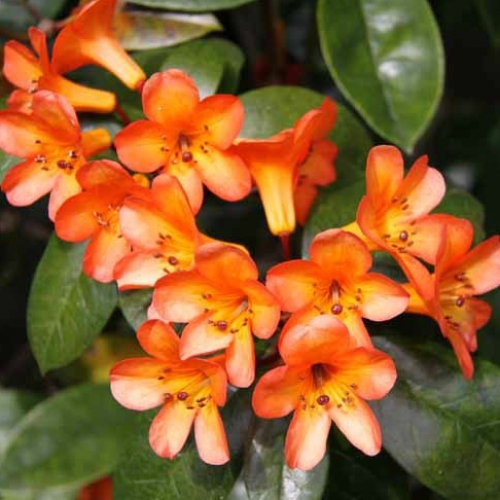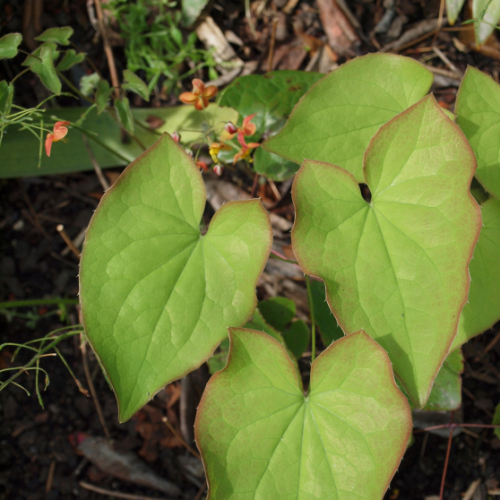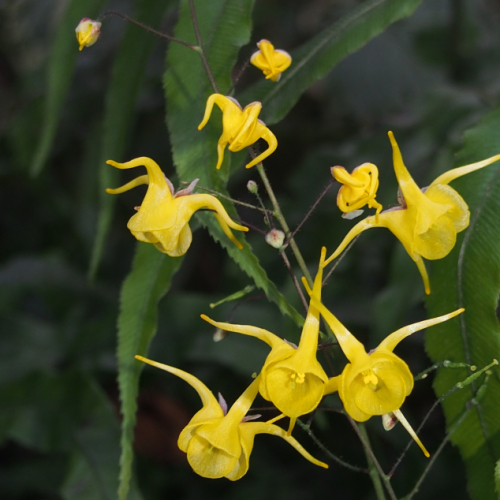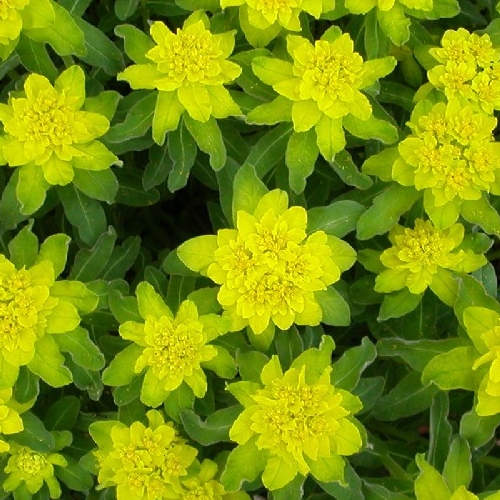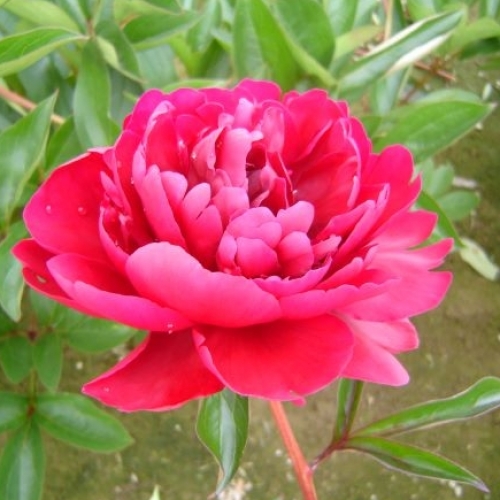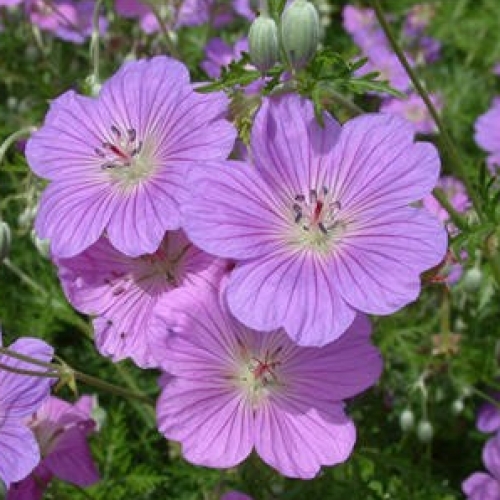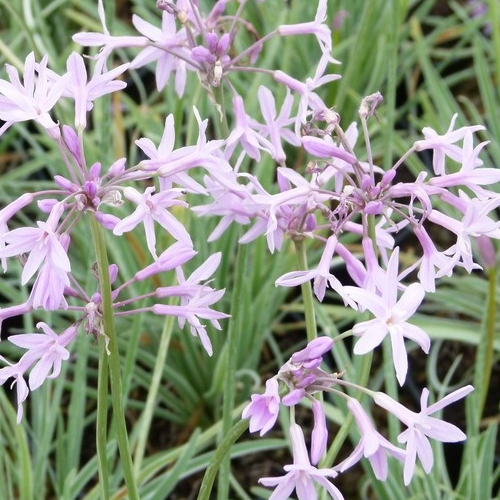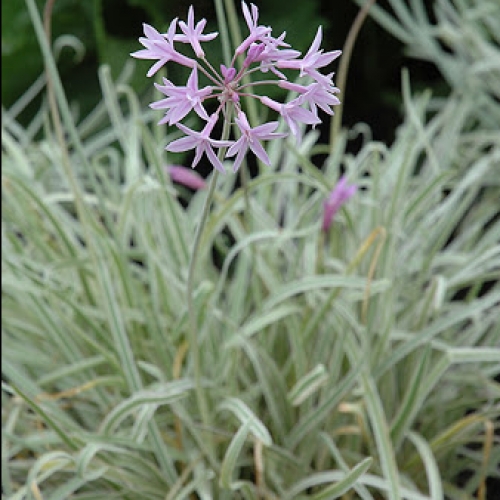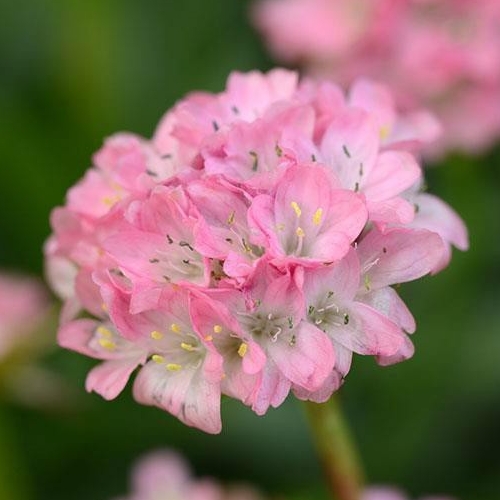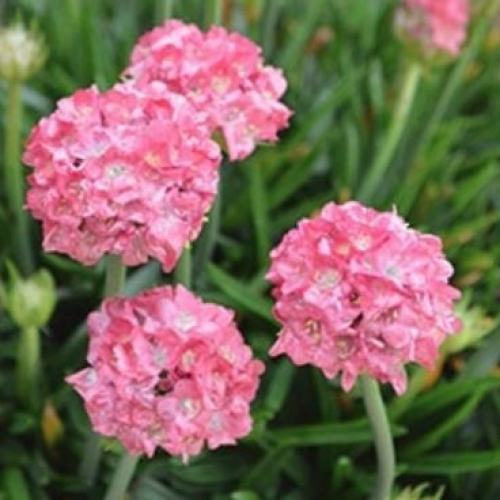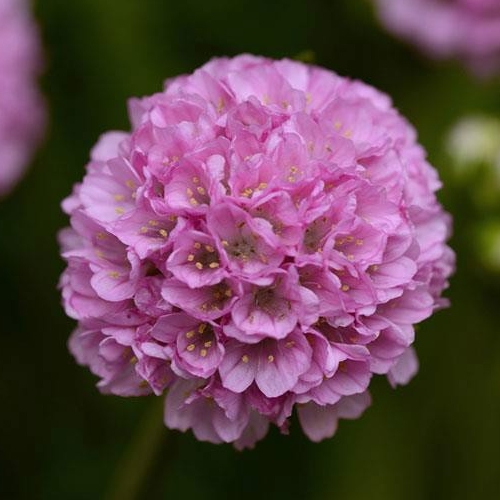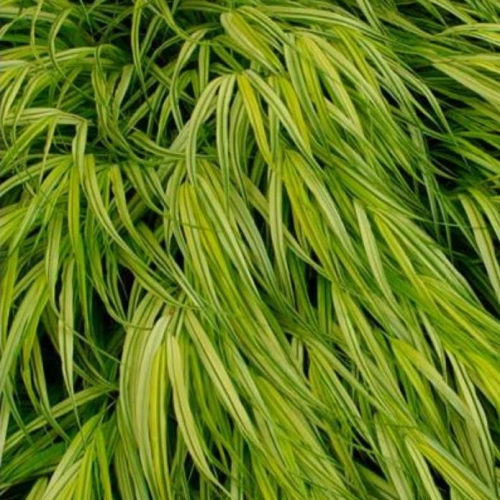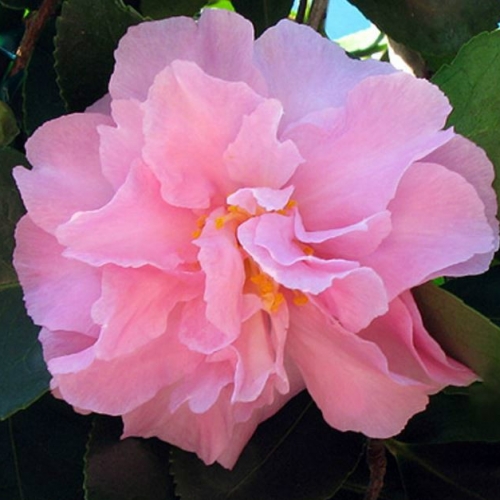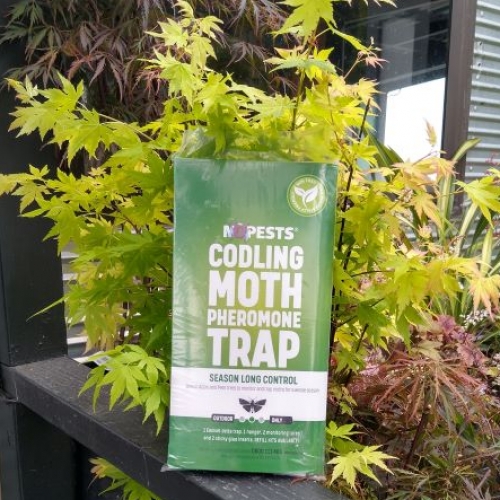Saturday 14th September, 2024
Hi
Holly, Bays and Camellias and the power of Hedging
"When I get time", I guess this is a phrase that we are all familiar with but the other week, on a day off, Tony and I went to check out an order with one of our Auckland suppliers that we had met up with at the latest trade day. Now, if you are a plant-nut like me, then it's just like being in a lolly shop except my candy is leaves and stems and all the wonderful things you can do with plants. This particular nursery grows many plants that I just adore and it was so nice to see them being produced for the market as you don't find them around so much these days.
I like leaves, they are sexy, and
Ilex (or as most will know them,
Holly) have some pretty out-there looking foliage. I think that Hollys are pretty under utilized these day, though I do see them sneaking in up there as hedges in the big city of 09ers. The first holly that springs to mind is one called
Lago that has an almost rounded leaf for a holly, perhaps with a point that isn't sharp. New foliage is lime green and ages to a darker green shade looking almost similar to a bay leaf.
Perhaps I should back up the bus a bit and give some reasons as to why
Hollies and Bays are such great plants, as not all plants are created equal. I admit that they can be slower initially than some alternatives but that, on the whole, often equates to a longer lifespan. They all tend to respond well to trimming and thus make for pretty awesome hedges, topiary, standards and cones and of course, in some instances, even cool smaller evergreen trees. Another point of note is that these are cloned or cutting grown and that means your hedge will be all the same with no leaf variance such as you would see with a native grown from seedlings.
There is another Ilex called
hendersonii that has just a good solid green leaf that may have a slight wave and of course a point that could be a little sharp but not too spiney...again with all the positive attributes of Hollies. Finally, on the note of hollies, there is another standout of one called
Black shadow. For all the leaf nerds out there this variety has really interesting leaf colour: a mixture of mid green and green so dark it is almost black.
I know a bit more about these three
hollies that I have mentioned: they are all girls and capable of bearing red berries but that is totally dependent on having a male holly plant hanging around somewhere. Holly are one of those plants that are either male or female, though there are a few exception that do both...I have
Lago at home in the garden and it always gets berries and I think that is because I have quite a few different holly varieties around the nursery. There must be a male lurking there somewhere, doing what needs to be done..
Moving right along to the
Bays (Laurus Nobilis), these are equally cool with their similar but different foliage. There is
Laurus Pride of Provence that has a shrubby habit and a good green leaf than is wider than that of other varieties such as
Tuscan towers. This would suit hedging, as would
Tuscan towers which also has, I believe, a great upright habit.
To continue the subject of robust plants for hedging, we can't discount
Camellias as these have those same attributes of responding well to constantly being cut. I managed to find some of these also in my lolly shop, including the old favourite
Early Pearly, and the newer
Paradise series of
Blush,
Helen, and
Pearl.
Why plant a
hedge? Well for a start, they are often way cheaper than a fence and if you choose wisely, will also last longer than a wooden fence. Hedges also give screening, privacy and create rooms or space for you and, in my opinion, look way nicer than your average wooden or concrete wall. The maintenance is not difficult being a biennial trim and can really be done by anyone as they don't require any particular shaping skills ... other than making a square lol.
So if you are planning to create or plant a
hedge then you need to get onto it whilst we are in the throws of a fab planting season. It's always a good thing to prepare the space and so I deliberately make a bed around 70cm wide and the length that you require, just like making a garden. I usually cut an edge so that I can mulch after planting and it will fall neatly to the lawn or path. Spacing wise, well that can depend on the grade of the plant, but no further than a metre apart. Many will plant at approx. 70cm apart for a quicker effect and also if you have a smaller-size plant. Use a
tree tablet or
slow release fert. at planting time, mulch afterwards to suppress the weeds and keep weed free until the hedge has grown and covers the soil.
Training wise, I would trim as these grow, usually after the spring and Autumn flushes, to keep the up and coming hedge bushy. P.S. Don't forget to use a string line when planting and a measuring stick to get your spacings looking mint!!!
It must be spring with all the latest arrivals and we are looking full & fabulous and so worth a visit just to check it all out.
Rhododendrons of the Vireya kind just arrived and some new to us
Vireyas are the tropical
Rhododendrons and could be classified as a Rhodo sub genus. These like to grow in similar places and conditions to outdoor orchids such as
dendrobiums and cymbidiums and even like a similar acidic, free-draining potting mix and restricted root run. As such, these will suit a micro climate type position if you live in a cooler area. I can vouch for their success as I have a friend in Rotorua who has many planters of these that do there thing on verandahs and outdoor spaces that are protected from direct frost. There are many to choose from, and for the first time we have extended our range of cultivars of these pretty Rhodo cousins. Check them all out
online
Potted Peonies, just in and sporting their new spring foliage.
Potted
Peonies have also just arrived here at the garden centre. These are always popular perennials with their gorgeous rose like flowers. Fabulous as a garden plant and for the floral artist, this perennial needs a sunny position and a cooler clime to do well, so plant in the coldest position in your garden.
The arrival of the fluffies, because its Spring, and something for the collectors
Epimedium are pretty cool as a ground cover in a woodland setting
I know these plants by their botanical name (
Epimedium) but had a quick look on google and found they have several common names including
'Bishops hat', 'Barrenwort' and 'fairy wings'. These are what I would call a woodland groundcover perennial, that disappears for the Winter and reappears in the Spring, with heart shaped leaves and sprays of dainty small flowers. I have had one of these in the garden for years and it always delights with its pretty yellow flowers. We got three different cultivars in and all should have lovely flowers.
Epimedium Grandiflora Heart shaped leaves with bright red stems on a clump forming perennial. Flowers are pink or white with long spurs and displayed in groups above the leaves in spring. New foliage has a bronze appearance and turns green over the season.
Epimedium Soft Apricot Compact growing ground cover which thrives in shade or semi shade. Small apricot flowers produced on thin stems in spring. Spreads slowly by underground rhizomes.
Epimedium Davidii Pretty yellow flowering ground cover which spreads slowly by underground rhizomes. The dainty flowers are produced on thin stems in spring. Leaves are heart shaped and start off light green, turning darker through the season.
Euphorbia polychroma is another that we haven't had for a few years. A typical euphorbia that is low growing and has the bright yellow bracts for which these plants are famous. Will grow in sun, but does best in part shade.
True Geraniums are for those sunny positions
Geranium Incanum is one that we used to grow in the days when we were just starting out. Spreading in form with lacy dissected foliage and bright pink true geranium-like flowers.
Geranium Kashmir white This spreading geranium has saucer shaped, white flowers up to 4 cms across with pale lilac-pink veins, appearing greyish pink overall. Finely-cut, lacy foliage is very pretty. Clump forming, hardy perennial with mid-green leaves and a long flowering period.
Other recent arrivals in the perennial way
Society garlic is another perennial that we used to grow in the day, tough and hardy making clumps of strappy chive-like foliage in the garden with quite a strong garlic scent. Again, full sun for these and they are probably tolerant of poorer, drier soils. A choice of two varieties, one with green-leaves form (
Violacea) and the other with quite white or silvery foliage (
Tricolor). Both have lilac pink flowers. Just for the record and those botanically minded Latin name is
Tulbaghia.
This week brings also a selection of the fancy hybrid
Thrifts or Armerias with their clumpy almost broad leaved grass foliage and the pom pom flowers on stems in the spring. These are in flower and look pretty cool. Check out
Daydream,
Dreamland and
Hypnotic Dreams.
Hakonechloa Macra Aureola or Golden Japanese forest grass, perhaps not a perennial in the way that most will think of perennials but most likely is a true perennial as in it's deciduous. As with all plants that reappear in the spring their foliage is just stunning. In this case, a beautiful golden and green woodland grass that is best suited to a well-lit but dapple light position.
Kumara slips due in around Labour Weekend
It's too early for the vege garden, well not for the beets, brassicas and the like but certainly it is for peppers and tomatoes and so on and the signal weekend for these is usually labour weekend. This got me thinking about
kumara slips and Jan has been busy checking that those who have them on wait list still want them as they have a really short shelf life and can only be planted when it's warm enough.
So, to that end, we won't have them until approx. labour weekend. If you get an email checking if you still require them then please do reconfirm. For those that haven't ordered them and want some, please do so because when they are in, they will quickly sell out, and then the season will be over.
Something special to finish on
Camellia marge miller grown as a
standard. If you know the Camellia Marge Miller then you will know that it is a very prostrate groundcover-like Camellia with quite pink flowers. We have some that have been trained up a cane to then cascade over as a trailing standard... very cool.
Ang just asked me to remind you that it is time to put codling moth traps into your apple and pear trees. These should disrupt the life-cycle of this insect pest by luring in and trapping the male moths. We have both
traps and
refils available now.
It's not time to plant the vege garden yet but it's certainly time to get all things ready like weeding composting and feeding .. we are certainly making the most of the planting time that we have before the summer months and so should you. If you have a project or plan on the go, then best to get onto it.
If not have a fabulous weekend of R and R.
Cheers from Lloyd, Tony and the Wairere team.
